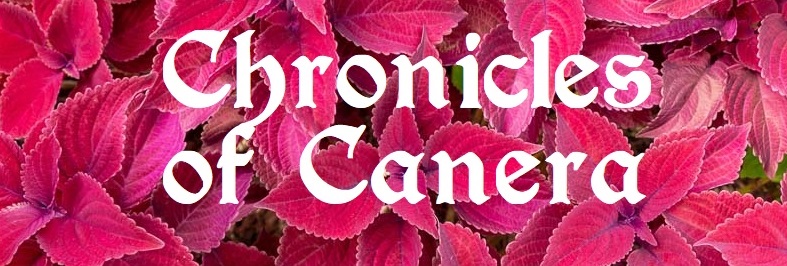Tentacle Star
Tentacle stars comprise a large group of animals with a broad variety of members. They have aspects of starfish and flatworms, as well as other completely novel attributes.
There are representatives that live in fresh and salt water, as well as fields, savannahs, and forests, including some that glide from tree to tree on a patagium extending between the tentacles.
Basic Information
Anatomy
The general body form is that of a four-armed starfish with fleshy tentacles, and no hard shell or tube feet. The flesh of the arms can be bunched up into knobs for traction when necessary.
The only solid part of the body is the teeth, which are not present in all species. The mouth opens into a gastrovascular cavity which extends down the length of each arm. There is no anus, and undigestable material is regurgitated out the mouth.
Genetics and Reproduction
Reproduction is via salmon-style mass spawning, producing such an excess of offspring that despite heavy predation and lack of parental care, some survive anyway. Many species live in the water and/or mud in the early stages of life, and later move out onto land and join the rest of their population.
Dietary Needs and Habits
Diet varies, but is generally omnivorous, and generally consists of anything small enough that they can shove it in their mouth.
Additional Information
Average Intelligence
Tentacle stars are clearly intelligent, but being so fundamentally alien makes it difficult to judge or measure. They have been observed caring for their injured.
They are also extremely social, and do not discriminate between species. They typically roost in trees at night, and will collect into as large a group as possible, with any other tentacle star species that happens to be there.
When multiple stars are in physical contact, they act in perfect synchrony, as if they were a single organism. Two or three that synchronize their steps perfectly, so that the composite never loses its balance. A long line of them like a centipede, tentacles hooked together like holding hands, marching sideways across the forest floor. When one of them finds something worth eating, the rest of the line converges on it immediately.
Perception and Sensory Capabilities
Sensory apparati are completely unknown.
Symbiotic and Parasitic organisms
Symbiotic relationships occur with a wide variety of species.
Scientific Name
?????
Body Tint, Colouring and Marking
Coloration is generally camouflage for their environment, especially when hiding to avoid predators, which they are extremely adept at. Examples include flattening against the side of a tree and pretending to be part of the trunk, climbing inside a bush and pretending to be more branches, and perching on a branch and pretending to be leaves.



Comments